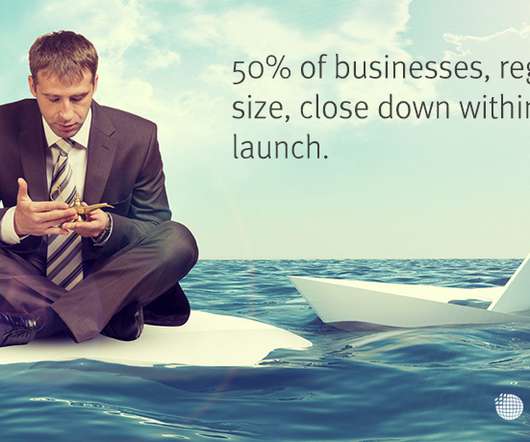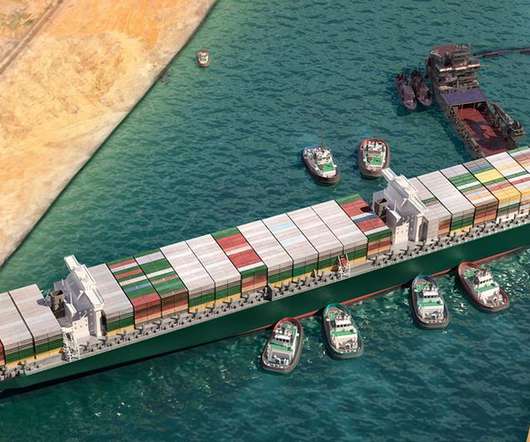Forced Labor in Seafood Supply Chains
EcoVadis
JUNE 16, 2016
The amount of ocean products consumers can purchase from grocery stores and restaurants is bountiful and varied. Numerous 2015 media reports exposed slave conditions in the Thai fishing sector. Thailand, the target of much of the attention in Southeast Asia, is the third largest seafood exporter in the world. Background.















Let's personalize your content